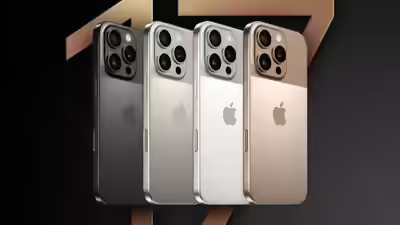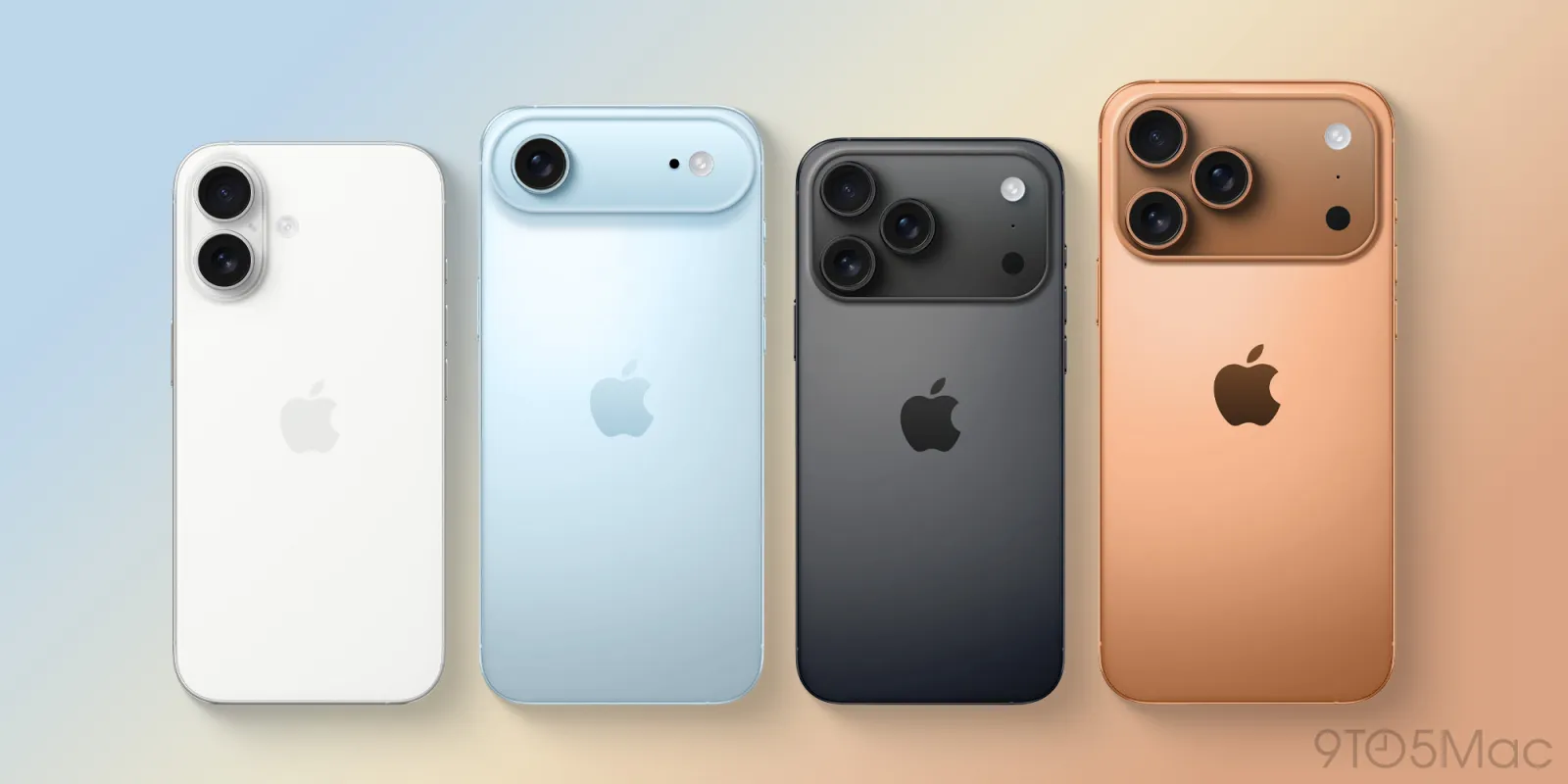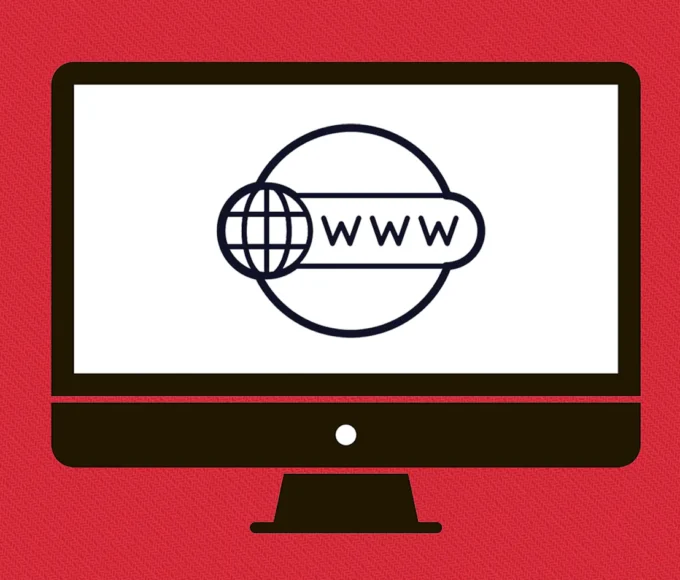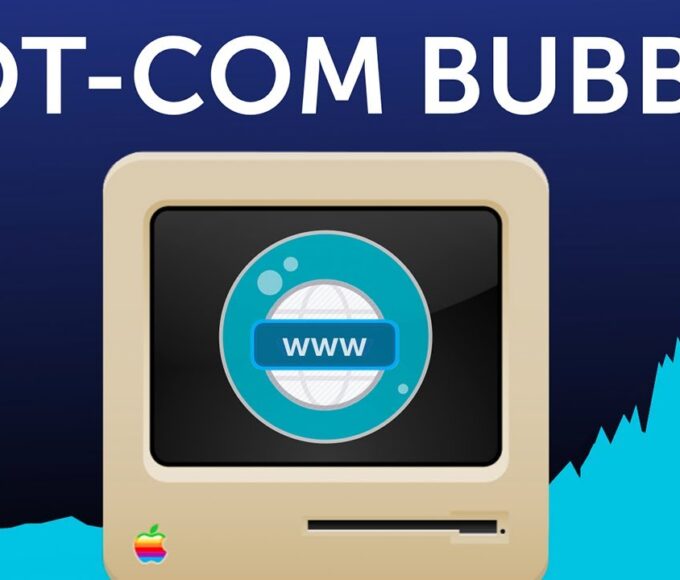Apple’s next hardware showcase is set for September 9 at 10 a.m. PT, and the rumor mill points to a wide‑ranging lineup: the iPhone 17 family, an ultra‑thin model informally dubbed the iPhone Air, refreshed Apple Watches (Series 11, Ultra 3, and SE 3), and a new AirPods Pro generation. This cycle is framed as the first in a three‑year redesign cadence that could culminate in a foldable iPhone by 2026, setting expectations for bigger aesthetic leaps and feature shifts rather than incremental tweaks seen in prior years. With claims of reworked materials, display upgrades, camera rearrangements, and health features under consideration, the event narrative blends familiar annual updates with a push into thinner, lighter hardware themes designed to stand out in a saturated market.
iPhone 17, 17 Pro, and 17 Pro Max
The standard iPhone 17 is tipped to move closer to the Pro tier in look and feel while bumping its display to 6.3 inches and finally stepping up to a 120 Hz refresh rate—both welcome changes for everyday smoothness and gaming responsiveness over the current 60 Hz baseline, alongside a rumored 24‑megapixel front camera for sharper selfies and video calls. Colorways may expand with purple and green testing in circulation, a typical Apple move to keep the base variant visually refreshed as it inherits more premium traits from the Pro line. Pricing chatter clusters around an $800 starting point, which would maintain Apple’s segmented ladder while leaving room above for Pro‑level features and materials.
The Pro models are where industrial design rumors get bolder: conceptual renderings suggest a full‑width rectangular camera bar spanning edge‑to‑edge on the back, with the flash, light sensor, and mic offset to the far right for a cleaner visual grid. The iPhone 17 Pro may swap the titanium band for aluminum to reduce cost and shave a few grams, a tradeoff that could be palatable if Apple keeps the finish premium and the frame rigid under torsion and drop stress. Meanwhile, the 17 Pro Max is expected to get slightly thicker primarily to make room for a larger battery—arguably the most user‑visible upgrade for heavy camera, video, and navigation use—while Pro storage may begin at 256 GB if 128 GB is indeed dropped, leaving 256/512/1 TB as the trio of options.
iPhone Air: the ultra‑thin wildcard
The headline‑grabber is the rumored iPhone Air, a strikingly slim device around 5.5 mm thick with a 6.6‑inch display that could replace the Plus model and reframe what “thin” means in a modern flagship, where antennas, cameras, and thermal constraints typically enforce thicker chassis designs. Apple’s push here tracks with broader industry moves from Samsung and Huawei toward sleeker silhouettes, but the Air’s tradeoffs look intentional: leaks point to a single rear camera, possible reliance on the top earpiece for audio instead of bottom speakers, and potential battery compromises offset by an optional battery case accessory. Price targets float between $899 and $950, with colorways in black, silver, and light gold, signaling a device positioned for design‑minded buyers who accept fewer camera modules for a dramatically thinner in‑hand feel and pocket profile.
There’s also long‑running speculation that Apple explored more radical approaches—like minimizing ports or paring down internal structures—to achieve the thinness goal, with reports across 2025 hinting at the engineering push required to keep thermals and battery life within acceptable ranges at this form factor. If Apple truly kicks off a multi‑year redesign cycle now, the Air could be a stepping stone that both differentiates the line and sets up the company’s rumored foldable iPhone play in 2026 by acclimating buyers to new shapes, ergonomics, and component packaging.
Apple Watch Series 11, Ultra 3, and SE 3
On the watch front, the rumor stack centers on faster charging, 5G, and satellite messaging support for Ultra 3, alongside larger displays and new health features under active development for both Ultra and Series 11 models. Blood pressure monitoring often tops wish lists, but repeated reports indicate Apple has hit testing and reliability snags that may delay a full launch or constrain the initial rollout to trend detection—alerts for elevated ranges rather than exact systolic/diastolic readings—pending further validation and regulatory considerations. Sleep apnea detection is another possibility under discussion, while Apple’s recently redesigned blood oxygen experience hints at a continued focus on health sensing, albeit with a more cautious path to shipping features at scale.
Apple Watch SE 3 is expected to be a lighter‑touch update, possibly gaining a larger display and minor hardware refinements, with some chatter about a plastic variant that would push pricing down—but even those rumors come with caveats given Apple’s material choices and brand positioning for entry models. Tentative price markers put SE 3 around $250, Series 11 near $400, and Ultra 3 around $800, keeping the watch lineup stratified for different budgets and use cases without upending the familiar tiers that buyers now recognize.
AirPods Pro 3
Two years after AirPods Pro 2, a third‑generation model is rumored with a slimmer case, smaller buds, and touch‑sensitive controls that may replace a dedicated pairing button, streamlining interaction while emphasizing case‑level gestures. The expected H3 chip would logically target stronger active noise cancellation and smarter adaptive audio, potentially improving transparency modes and contextual sound management for city streets, flights, and workouts. If timing aligns with the iPhone and Watch announcements, the AirPods update would round out a broader ecosystem refresh aimed at material feel, battery endurance, and comfort gains across devices.
Cases, colors, and accessories
Accessory leaks suggest Apple may unveil “TechWoven” cases for iPhone 17 Pro models, using a higher‑grade woven material than the discontinued FineWoven line and possibly offering crossbody straps that nod to lifestyle use and travel convenience. Color rumors span dark blue and copper for the Pro line and purple and green for the standard models, maintaining Apple’s pattern of introducing new hues as subtle signals of generational change without altering the underlying silhouette too drastically. While accessory branding often arrives in waves after launch, early case leaks tend to be reliable indicators of port placement, camera layout, and button geometry across the lineup.

Prices and availability
Pricing chatter coalesces around $800 for iPhone 17, roughly $1,100 for iPhone 17 Pro, and about $1,250 for iPhone 17 Pro Max, with the iPhone Air bracketed in the $899–$950 range depending on how Apple balances component costs and the single‑camera configuration. As usual, exact tiers will hinge on storage ladders and regional taxes, but the structure is consistent with Apple’s strategy to keep the base model attractive, the Pro tier aspirational, and the Pro Max optimized for battery life and camera headroom. With the event confirmed for September 9 at 10 a.m. PT, preorder and shipping timelines should follow Apple’s familiar cadence shortly thereafter.
Key takeaways
- Apple’s Sept 9 event is expected to headline the iPhone 17 family and a new ultra‑thin iPhone Air, with complementary updates to Apple Watch and AirPods Pro.
- iPhone 17 may move to 120 Hz, gain a 6.3‑inch display, and add a 24 MP front camera, while Pro models explore a full‑width camera bar and lighter materials.
- iPhone Air around 5.5 mm thick could replace the Plus, trading a second rear camera and possibly speaker placement for dramatic thinness and new ergonomics.
- Watch health features like blood pressure monitoring appear closer but may debut as trend alerts or slip again amid testing and regulatory complexities.
Conclusion
Apple seems poised to push design boundaries this cycle, with the ultra‑thin iPhone Air signaling a willingness to prioritize silhouette and in‑hand feel—even if it means careful compromises—to set the tone for a multi‑year redesign arc. If the rumors hold, the mainline iPhone 17 will feel meaningfully more premium, the Pro tier will play with new rear layouts and materials, and the Watch and AirPods will refine health, endurance, and comfort as the ecosystem gets a coordinated lift heading into the fall.














Leave a comment